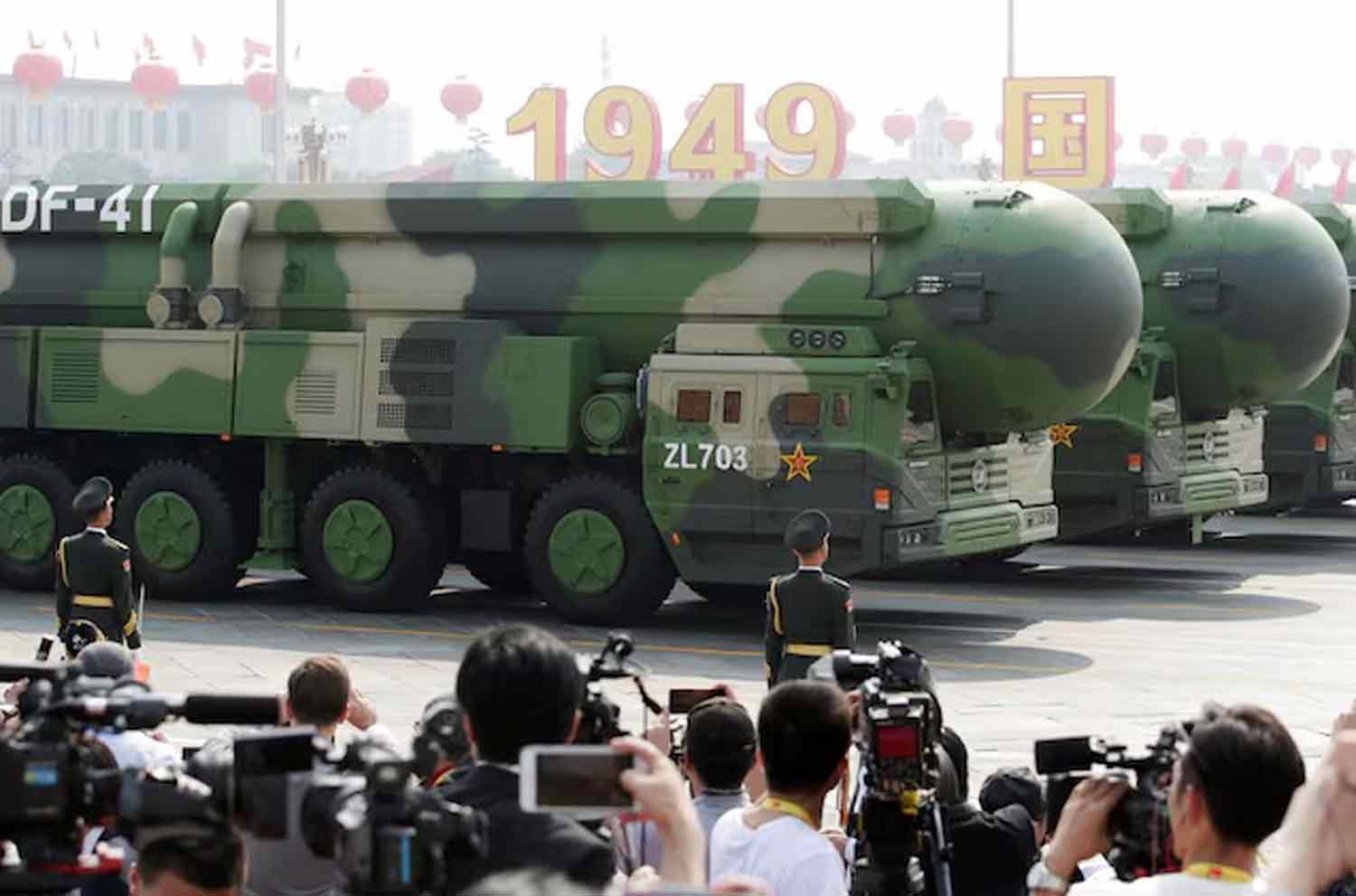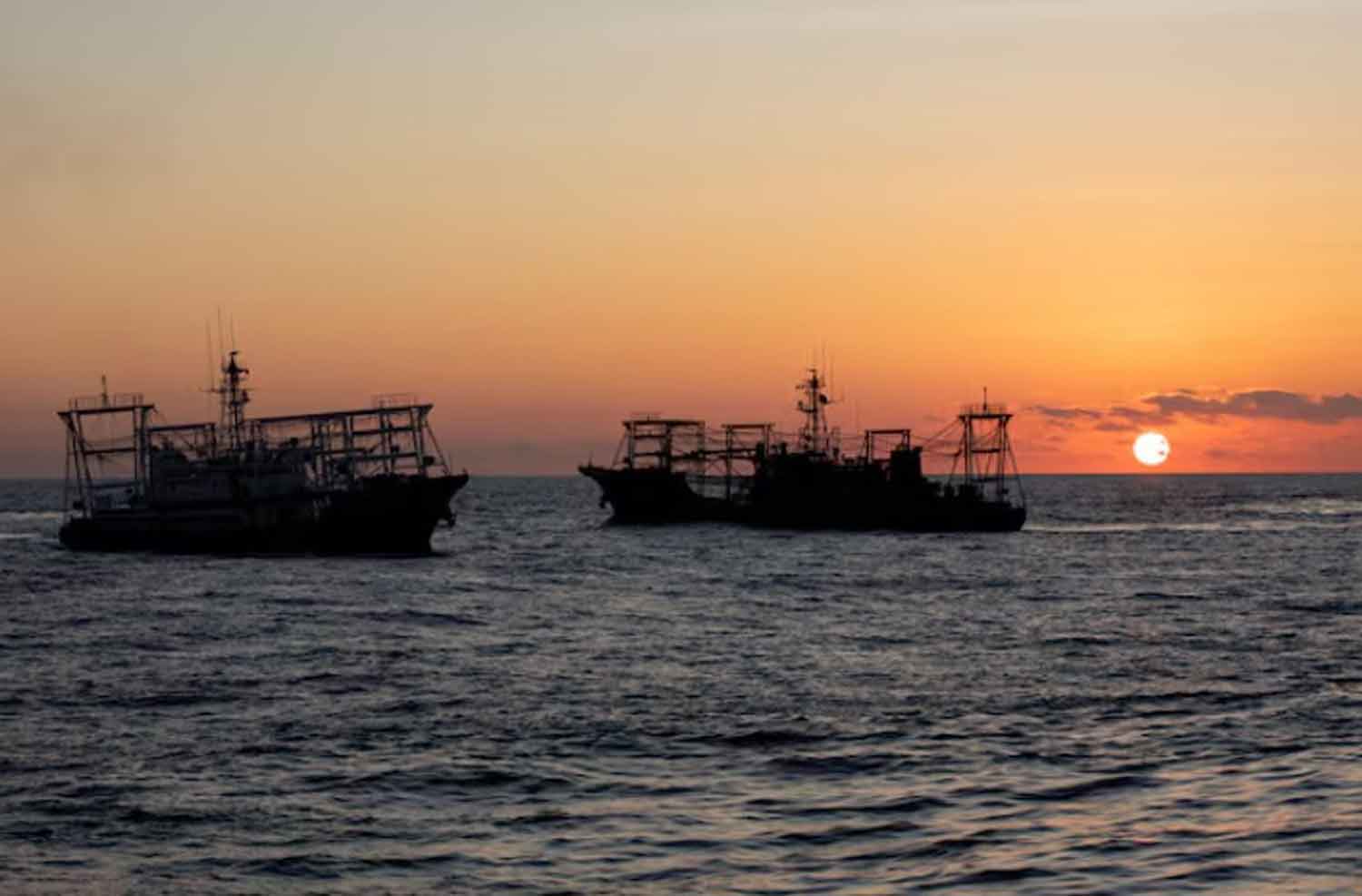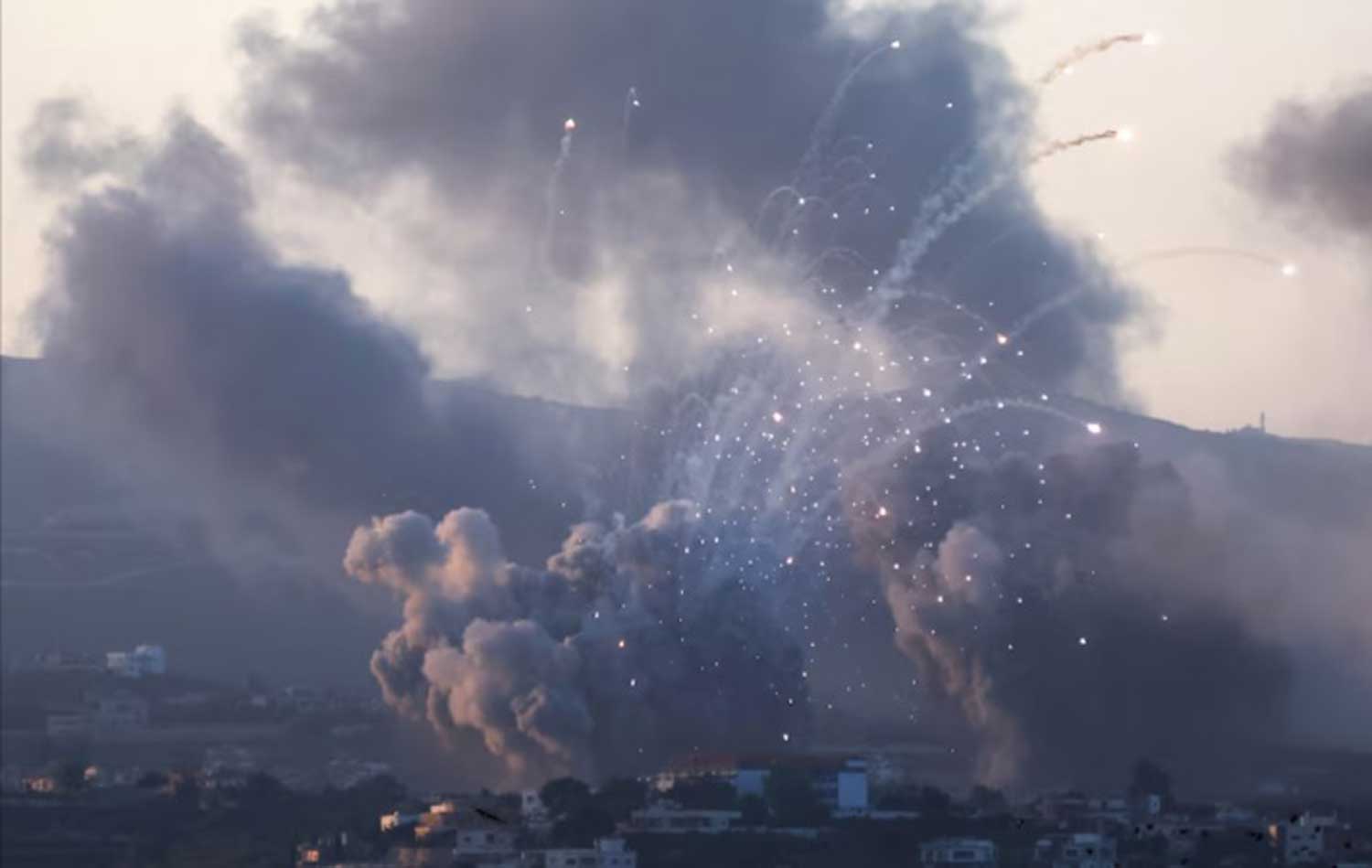On Wednesday, China announced that it had successfully executed a rare launch of an intercontinental ballistic missile (ICBM) into the Pacific Ocean, a development that is likely to heighten international apprehensions regarding the nation’s nuclear expansion.
The missile, equipped with a dummy warhead, was launched by the People’s Liberation Army Rocket Force at 8:44 a.m. Beijing time (0044 GMT) and “landed in designated maritime areas,” as stated by the Chinese defense ministry. The ministry emphasized that this action was part of a “routine arrangement in our annual training plan” and was not aimed at any specific country or target.
According to a separate report from Xinhua, China had “notified the relevant countries in advance,” although it did not specify the missile’s trajectory or the exact location in the “high seas of the Pacific Ocean” where it landed.
Xinhua further reported that the launch “effectively assessed the performance of weapons and equipment, as well as the training proficiency of the troops, achieving the intended objectives.”
A Japan Coast Guard official noted that it had received a navigation warning from China on Monday regarding “space debris” in three areas: the South China Sea, the Pacific north of the Philippines’ Luzon island, and the South Pacific, on Wednesday.
rare test launch
The official did not provide confirmation regarding any connection to the reported missile launch. Analysts noted that it is uncommon for China to launch long-range missiles into the sea, as the country typically conducts such tests discreetly in remote regions like Inner Mongolia.
The People’s Liberation Army Rocket Force, responsible for managing both conventional and nuclear missiles, has been assigned the task of modernizing China’s nuclear capabilities in response to advancements such as enhanced U.S. missile defense systems, improved surveillance technologies, and stronger international alliances.
Security analyst Alexander Neill, based in Singapore, mentioned that while the specifics of the missile involved remain unclear, the test aligns with China’s strategy of “engaging and warning” simultaneously, especially in light of the recent improvements in military diplomacy between Beijing and Washington.
He emphasized that, in light of recent corruption issues within the Rocket Force, it is crucial for China to project an image of stability and normalcy at the highest levels of its military. Neill, an adjunct fellow at Hawaii’s Pacific Forum think-tank, stated, “This action is intended to clearly demonstrate that the mechanisms for delivering its strategic deterrent remain operational.”
Some online monitoring systems observed the missile launch occurring from Hainan instead of an inland silo, indicating it was likely a test of China’s increasing inventory of road-mobile long-range missiles. Analysts suggest that the pace of China’s nuclear expansion exceeds what is necessary for credible minimum deterrence, which is the smallest strategic arsenal required to avert attacks.
For years, Beijing has adhered to a “no first use” policy regarding nuclear weapons; however, experts point out that the People’s Liberation Army (PLA) is advancing to match major nuclear powers by developing a nascent triad of capabilities that can be deployed from land, sea, and air. The Chinese military has stressed that the Central Military Commission, led by President Xi Jinping, serves as the sole authority for nuclear command.
nuclear warheads
China has faced ongoing criticism from the United States regarding the lack of transparency in its nuclear development and halted nuclear discussions with Washington in July due to U.S. arms sales to Taiwan. According to Pentagon estimates from last year, China possesses over 500 operational nuclear warheads, with around 350 classified as intercontinental ballistic missiles (ICBMs), and is projected to exceed 1,000 warheads by 2030. The Pentagon’s report also indicated that China is building hundreds of silos for land-based ICBMs.
In comparison, the United States and Russia have 1,770 and 1,710 operational warheads, respectively. The Pentagon noted that by 2030, many of China’s weapons are expected to be maintained at higher readiness levels. Taiwan, which operates as a democratically governed entity but is claimed by China, has reported an uptick in Chinese military activities around the island over the past five years.
On Wednesday, Taiwan’s defense ministry announced the detection of 23 Chinese military aircraft, including J-16 fighters and drones, conducting long-range missions to the southeast and east of the island. The ministry also mentioned observing “intensive” Chinese missile launches and other military exercises, although specific locations were not disclosed. In response, Taiwan has deployed its own air and naval forces to monitor the situation.
Discover more from Defence Talks | Defense News Hub, Military Updates, Security Insights
Subscribe to get the latest posts sent to your email.





